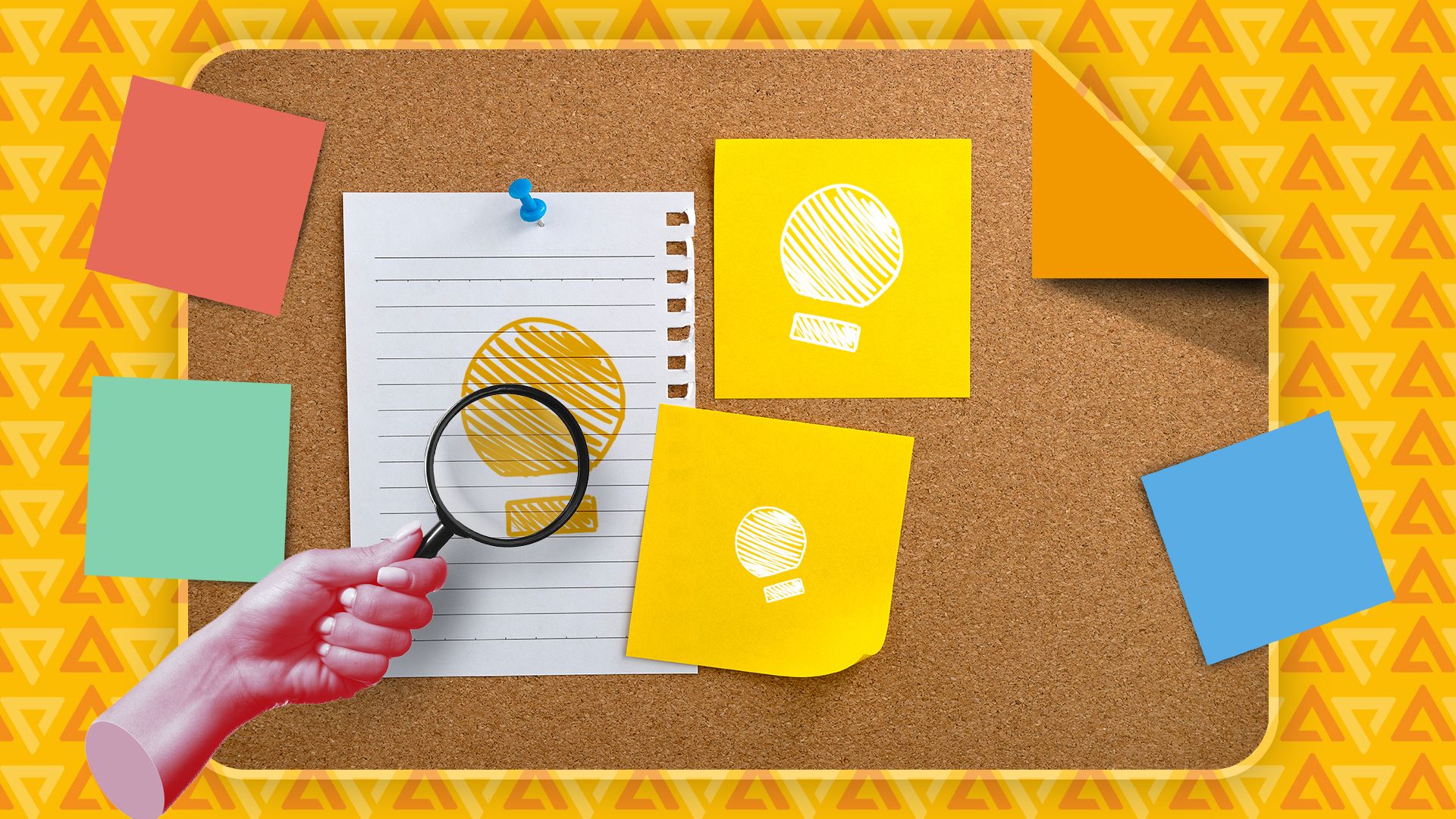If you’re anything like me, your phone is home to a jumble of productivity apps like Google Keep, Todoist, Notion, and Trello. I have been using Google Tasks for my to-do lists, Google Calendar for my schedule, and Google Keep for tracking habits and life notes.
Although it wasn’t a bad system, juggling between them felt clunky. Sometimes I’d tick off a task in Tasks but forget to update Calendar. Other times, I’d let Keep turn into a list of forgotten checkboxes.
When I came across TickTick, a single application that promised to handle tasks, planning, and habit tracking, I was curious whether it could replace three apps. Could I consolidate everything into one place and feel organized?
For a week, I decided to ditch Google Tasks, Calendar, and Keep. Here’s how my experiment with TickTick went.
Setting up TickTick on Android
First things first
Migrating from three apps wasn’t exactly seamless. TickTick made it easy to sync my Google Calendar events (though this required a premium subscription). However, importing all my existing tasks and habits felt tricky.
The app doesn’t have the option to import data from Google Tasks and Keep.
For habits, I recreated my Google Keep checklists and set them as daily recurring habits in TickTick. Similarly, I manually migrated my lists from Google Tasks.
On the bright side, it gave me a chance to reevaluate my entire task setup. I realized I was hoarding dozens of old, irrelevant tasks.
Moving to TickTick became an opportunity to start fresh, keeping only what mattered.
At first glance, TickTick’s interface felt familiar.
The task manager was similar to Google Tasks but included features like image attachments, tags, and text formatting. The calendar view looked cleaner than Google Calendar on mobile, and the habit tracker featured streaks to keep me motivated.
The home screen features a list of your tasks at a glance, with tabs for Calendar, Pomodoro timer, and Habit (requires a premium membership). I set up separate sections titled Work and Personal.
Everything is in one place
A single app makes things convenient
On the first day of the experiment, I opened TickTick instead of bouncing between Google Tasks and Calendar. The app had everything laid out: my meetings for the day, the grocery run I needed to make, and my recurring habits.
The Calendar view helped me visualize my work calls alongside personal tasks. I also set priority levels for tasks.
There’s something satisfying about knocking out high-priority items first. The best part was that I didn’t have to search through my apps to remember where I logged something.
Tracking habits got easier
The Pomodoro timer helped
By midweek, I started using TickTick’s habit tracker more seriously.
In Google Keep, I had created a checklist of habits and manually checked them off, but I often forgot to open the app. TickTick’s built-in streaks added just enough gamification to keep me on track.
I also experimented with the Pomodoro timer. It’s a simple feature that lets you work in 25-minute sprints with 5-minute breaks. Instead of reflexively checking my messages during writing sessions, I stayed focused until the timer buzzed.
Using TickTick for shopping lists and journaling
It worked way better than Google Keep
I didn’t expect TickTick to replace Google Keep for shopping lists and quick journaling, but it surprised me.
For shopping, TickTick’s checklist feature works beautifully. I can create reusable grocery templates, share lists with family, and set location-based reminders (like Remind me when I leave [place]).
Unlike Keep’s freeform notes, TickTick’s structured approach means I don’t end up with a dozen half-finished lists floating around.
I also used TickTick to journal a bit. I created a recurring task called Daily Reflections with a note field where I could type freely.
It wasn’t as full-featured as a dedicated journaling app, but I liked that it lived next to my other habits.
What didn’t work for me
Missing Google’s simplicity
No app is perfect, and as I continued using TickTick, I noticed a few limitations.
I missed Google Keep’s free-form note-taking. TickTick allows simple text notes, but it’s not intended for brainstorming or sketching out big ideas. I found myself craving Keep’s colorful sticky-note vibe for quick thoughts.
While the habit tracker was better than my setup in Keep, it didn’t feel as flexible as dedicated apps like Habitica or Loop.
TickTick’s calendar integration was nice, but it wasn’t quite as robust as Google Calendar.
TickTick is worth trying if you don’t want to juggle multiple apps
TickTick isn’t perfect. It has a learning curve, and some features require a premium subscription.
Although you get a lot for free, features such as calendar sync, habit tracking, reminders per task, and advanced filters are behind a paywall.
At $35.99 per year, it’s not outrageous, but new users switching from Google Keep or Tasks might not like the commitment.
However, the price felt justified after using TickTick for a while. The subscription didn’t feel like a deal-breaker for the value it adds to my workflow.
For me, replacing Google Tasks, Keep, and Calendar with TickTick reduced app fatigue. I wasn’t hopping between three different icons to plan my day.
That said, I didn’t delete my old apps. Google Calendar stays installed for its superior event management, and I occasionally use Keep for unstructured notes. However, TickTick is my go-to for daily planning and habit tracking.




